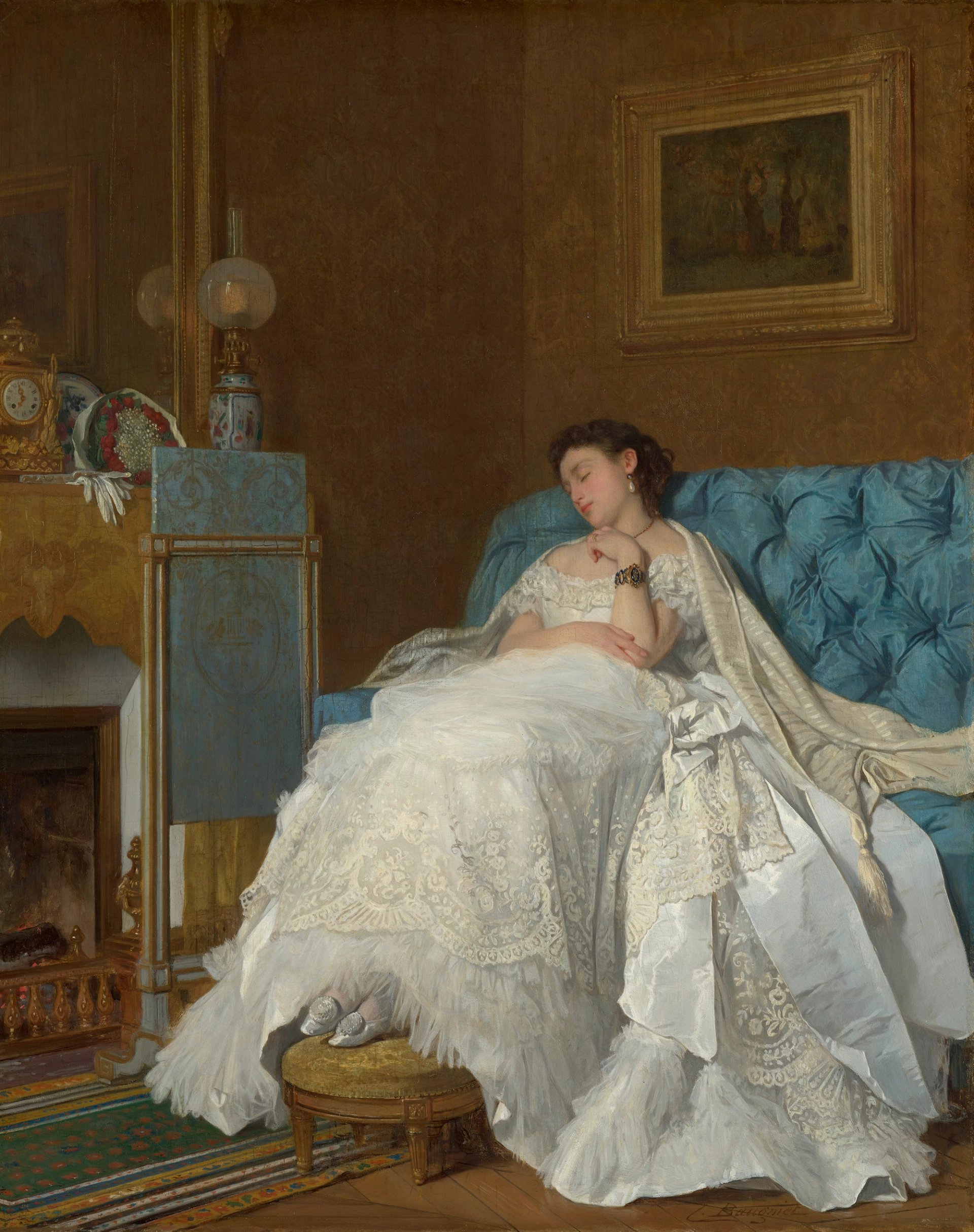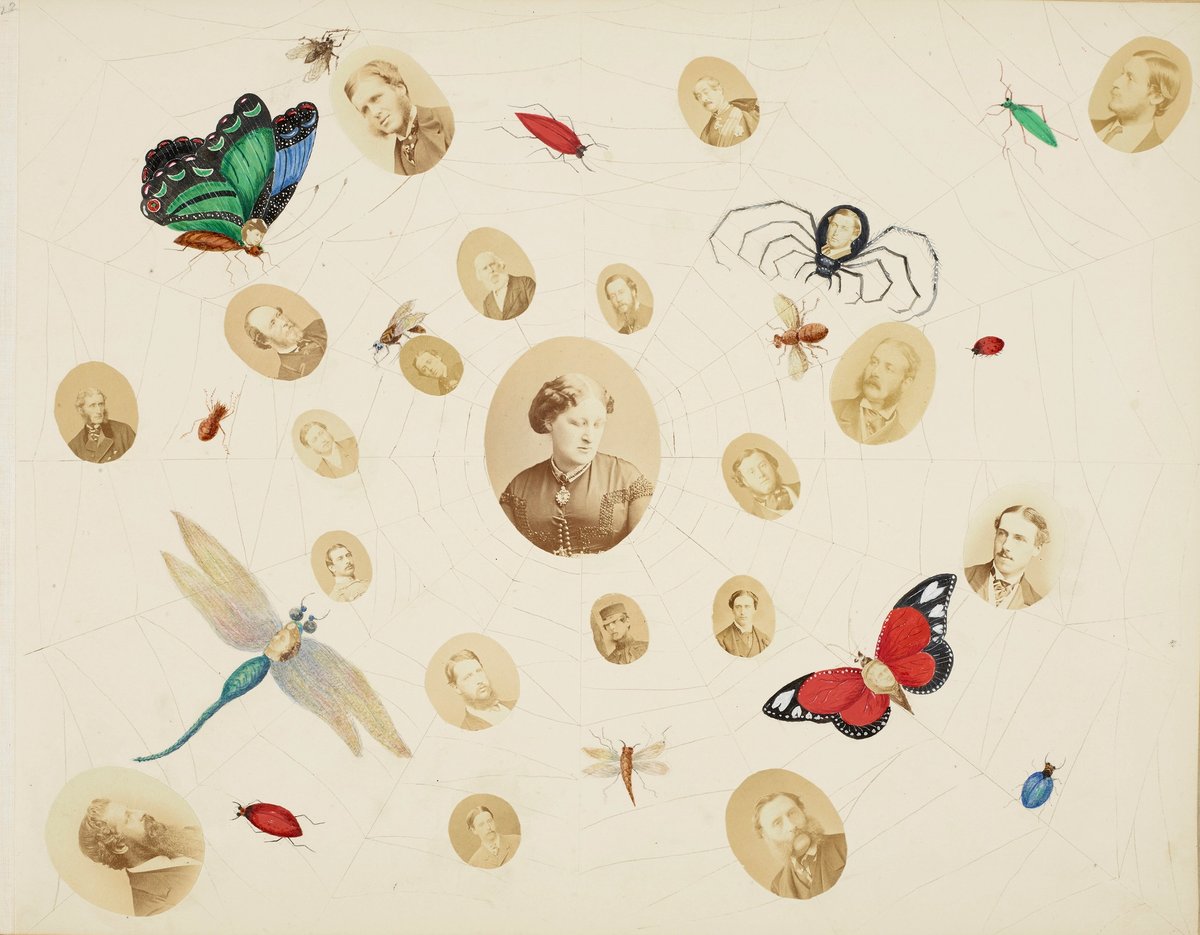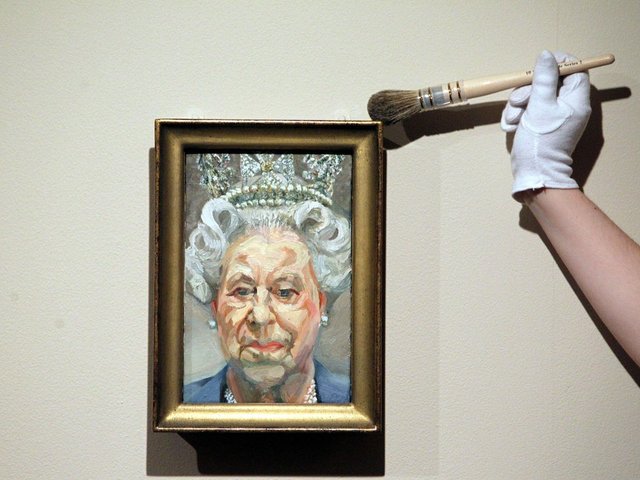A new exhibition at the King’s Gallery, London, on the aesthetics of the Edwardian age includes more than 300 items—paintings, photos, books, fashion, ceramics, jewellery—nearly half of which have never previously been publicly displayed.
To gather the items for The Edwardians: Age of Elegance, the show’s curator, Kathryn Jones, scoured several royal homes and archives, notably Sandringham—acquired for Edward VII when Prince of Wales—plus the library and collections at Windsor.
The finds include a personally inscribed book of poems from Oscar Wilde to the then prince; a bizarre photo of him in fancy dress; a signed score of a new Puccini opera; a study of Sleeping Beauty by Edward Burne-Jones; and collages of photos and watercolours by Edward’s Danish wife, Alexandra.

Oscar Wilde gave Edward, then prince, an inscribed copy of his Poems in 1882 © Royal Collection Enterprises Limited 2025; Royal Collection Trust
Often regarded as a “hunting and shooting” philanderer, whose mistresses included the actresses Lillie Langtry and Sarah Bernhardt, as well as Alice Keppel, the great-grandmother of Queen Camilla, Edward’s reputation now can be seen in a new light.
“Edward and Alexandra’s close friends were artists like Frederic Leighton and Lawrence Alma-Tadema,” Jones says. “They enjoyed collecting too, and their tastes were often contemporary, like the sculptors Alfred Gilbert and Jules Dalou. The royal couple were also interested in the aesthetic movement. And, according to their diaries, they went to the theatre or opera once a week.”
In 1882 Wilde, recently arrived from Ireland, gifted a copy of his just published Poems to Edward. With a dedication in French, there is also a presentation letter from the poet, though the wording is rather obsequious. Wilde then became part of the Edward and Alexandra set until his 1895 obscenity trial.
Perhaps the most amusing find is a photo of Edward at a ball commemorating Victoria’s Diamond Jubilee, in which the prince wears fancy dress as the Grand Prior of the Order of Malta.
Another gem is a very rare copy of William Morris’s novel The Story of the Glittering Plain. Known best for his Arts and Crafts designs and wallpapers, Morris also wrote books, including this fantasy, set in pseudo-historical medieval Northern Europe. “It later had a great influence on J.R.R. Tolkein,” Jones says. The book was purchased by the Royal Library in 1906 along with two other Morris novels. Edward and Alexandra were particularly interested in Morris’s Kelmscott Press and in bookbinding, especially that done by women.

Charles Baugniet’s After the Ball: a Lady in a Ballgown Asleep on a Sofa (around 1860-67), from the exhibition © Royal Collection Enterprises Limited 2025; Royal Collection Trust
Alexandra, whose Dagmar necklace, given by her father, the King of Denmark, for her wedding to Edward, will be one of many jewellery items on display, was a strong influence on her husband. However she had the more highbrow tastes—certainly in music, where, according to Jones, her favourite was Wagner to his Gilbert & Sullivan. Puccini’s score of his 1910 opera La Fanciulla del West, signed by the Italian, was gifted to Alexandra, shortly after her husband’s death.
Alexandra’s own, largely unrecognised, artistic talents are on display in her 29-page collage album of watercolours and photographs. They show her intricate skills as a designer.
Edward may only have reigned for nine years. Yet this exhibition about the Age of Elegance deserves its title through royal patronage of the arts, begun by the prince and princess of Wales in the 1860s and lasting another half century into the Edwardian era itself.
• The Edwardians: The Age of Elegance, King’s Gallery, London, 11 April-23 November



